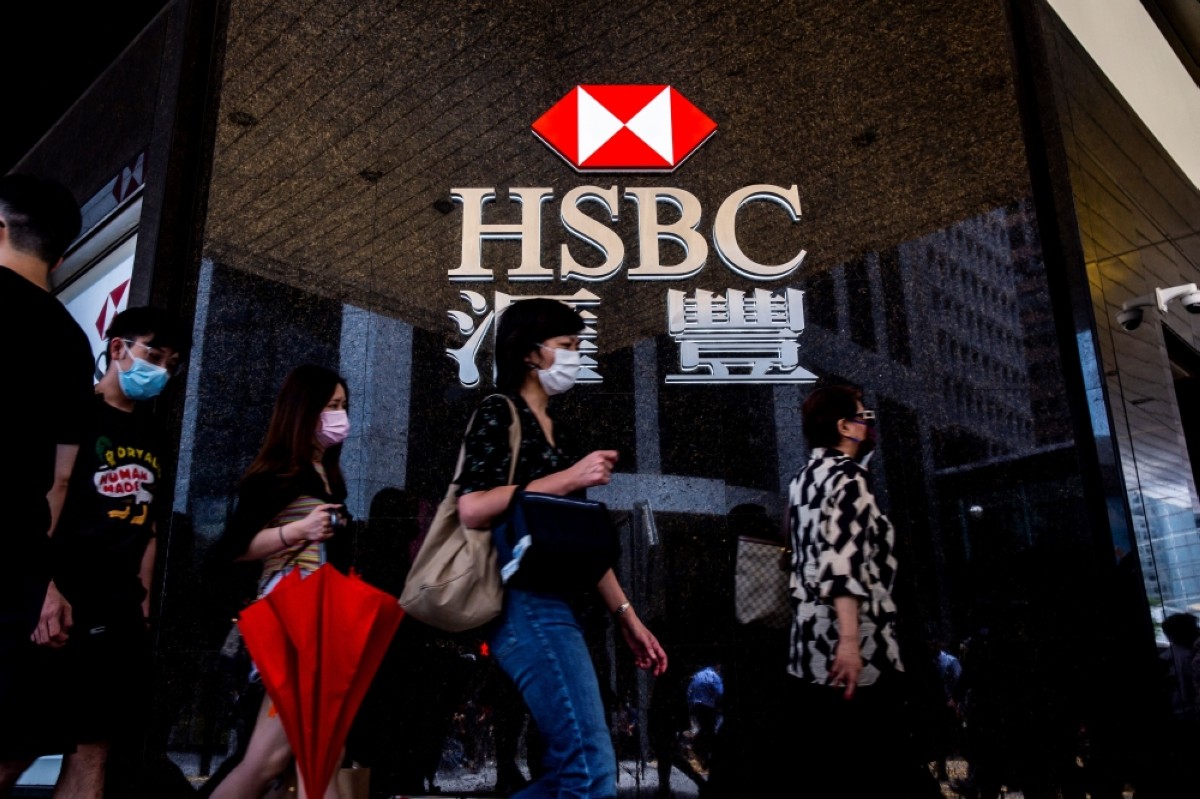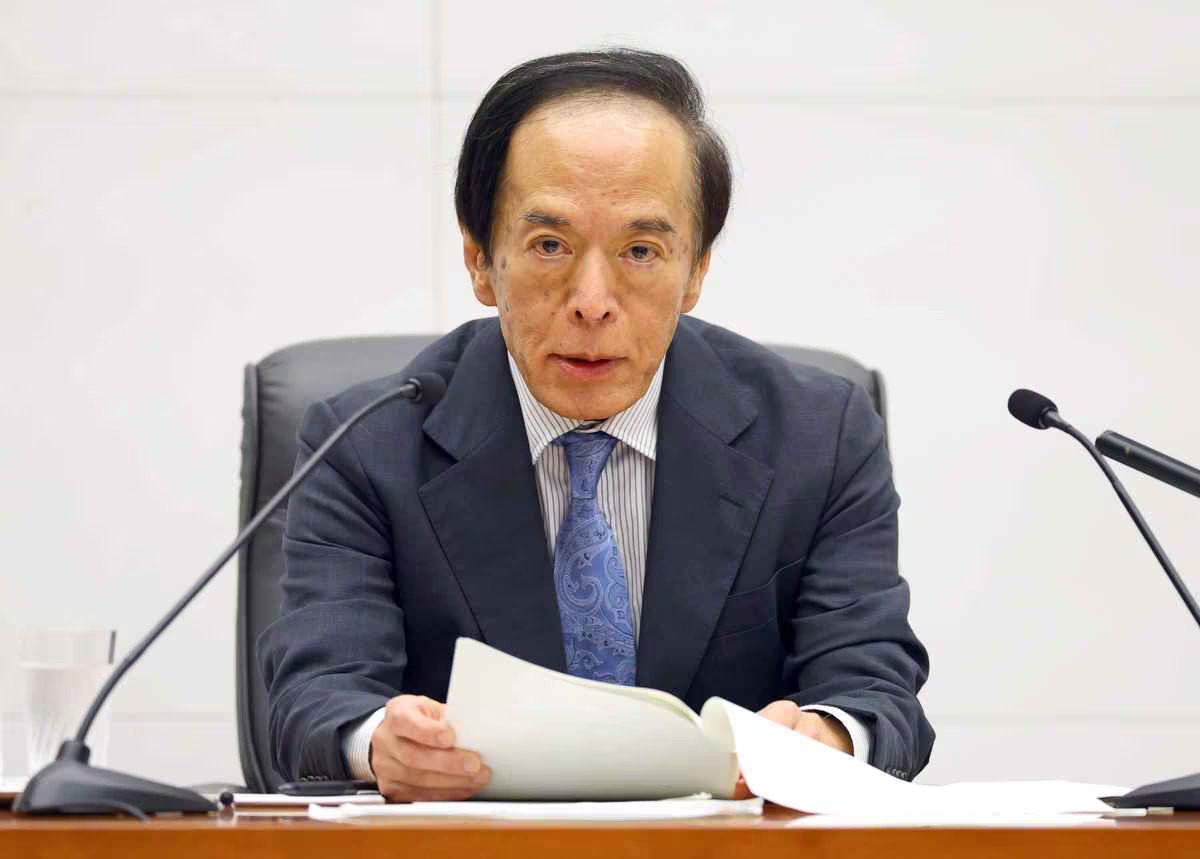US Fed officials continue to debate rate hike conundrum
KUWAIT: “The debate is really about: Do we need to do another rate increase, or not?” That is the question on everyone’s mind as markets anticipate the next move by the Federal Reserve, and those are also the exact words to come out of New York Fed President John Williams’ mouth in an interview with the New York Times.

The debate remains between the Fed’s policymakers as to whether to continue increasing interest rates or to pause for the time being.
Williams believes that as the US economy “has moved to an environment already where the underlying inflation rate has come down quite a bit,” it is arguable that inflation could reach 2.5 percent at the end of the year, on an annual basis, a fraction short of the Fed’s intended 2 percent inflation target. On the other hand, Fed Governor Michelle Bowman, a supporter of the previous interest rate hike in July, believes that high inflation along with continued economic growth are enough for her to believe that “additional increased will likely be needed to lower inflation to the [Fed’s] goal.”
The debate continues to heat up between Fed officials, with each aiming to get the public to side with their respective reasoning while the market anxiously waits for the next meeting. CPI and PPI The latest US consumer price inflation report came in at 0.2 percent on a month-to-month basis for both the headline and core figures, matching last month’s figure. On an annual basis, headline inflation rose 3.0 percent in June, marking the smallest year-on-year gain since March 2021. This was reciprocated in July’s year-on-year CPI figure of 3.2 percent, indicating that inflation is indeed slowing down.
Meanwhile, the producer price index rose 0.3 percent last month, after economists had predicted a 0.2 percent increase. This increase was driven by strong services, with portfolio management fee accounting for 40 percent of the rise in services. Encouraging numbers are the trend with US data at the moment, and that could not have come at a better time for Fed doves as they are looking for an end to the vicious interest rate hike cycle.
Unemployment claims
The latest number of Americans filing for unemployment claims was at 248K, an increase from the previous reading of 227K, and even greater than the expected number of 231K, marking a four-week high. Moreover, the month of July saw an increase of 187K jobs, allowing the unemployment rate to fall from 3.6 percent in June to 3.5 percent. Prelim UoM consumer sentiment The Michigan Consumer Sentiment Index came in at 71.2, a slight decrease from July’s 71.2 figure. Consumers showed belief in the current economic conditions, with the sub-index showing an increase to 77.4 from 76.6 previously. As for consumers’ belief in year-ahead inflation expectations, there was a decrease from 3.4 percent to 3.3 percent.
However, the expectations for long-term inflation remained at 2.9 percent Over in the eurozone, the latest German Industrial Production figure came in at -1.5 percent on a monthly basis, way below the expected 0.4 percent drop. This decline was largely facilitated by a drop in both the automotive and construction industries. With the eurozone’s largest economy in decline, markets are now expecting the ECB to stop adding more pressure onto the economy, and in fact pause interest rate hikes in their next meeting.
UK economic growth
In what is certain to be the week’s most surprising news, the British economy grew by 0.2 percent for the second quarter of 2023, creating a major shock for economists with expectations being at 0.0 percent growth. This increase was largely aided by the monthly growth of 0.5 percent, which was noticeably greater than the expected 0.2 percent increase. These figures will almost certainly give the Band of England something to think about. If members of the BoE had been thinking of pausing interest rate hikes, they will most definitely have a tough time implementing it, especially with the latest data to come out. The Chinese economy continues to struggle in its quest for revival, and the latest data to come out adds more pressure on the government to release more direct stimulus.
The latest CPI data shows a 0.3 percent fall on annual basis, slightly above the expected 0.4 percent decrease, marking the first annual decline since February 2021. Meanwhile, the Chinese producer price index fell by 4.4 percent on a year-on-year basis, after it had fallen 5.4 percent the previous month, marking the tenth consecutive month of decline. As both PPI and CPI are within negative territory and in a state of deflation, it is evident that the pressure continues to mount on the authorities to take more steps in supporting the economy. Kuwait Kuwaiti dinar USD/KWD closed last week at 0.30740.











